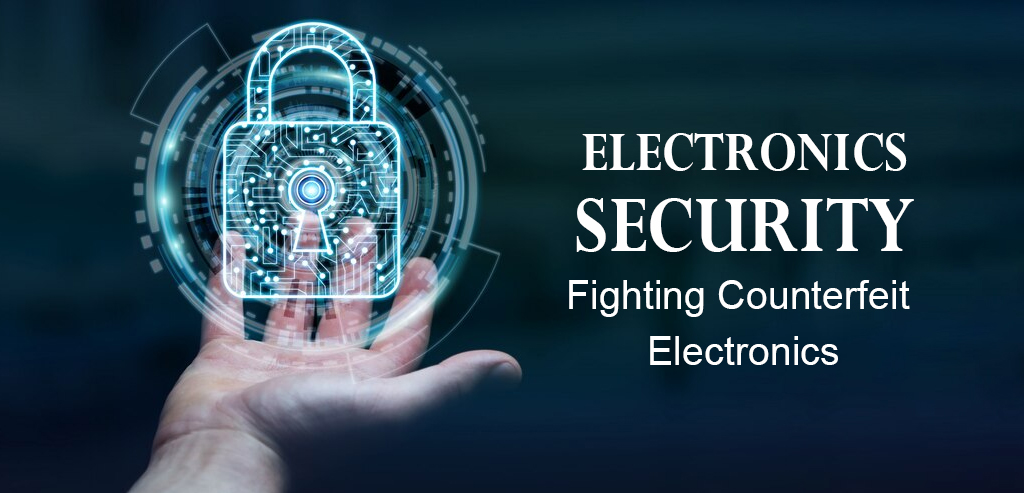Counterfeit electronics pose a significant threat to the global electronics industry, compromising the integrity, reliability, and security of electronic devices. With the increasing complexity and widespread use of electronics, combating counterfeit electronics has become a critical concern. This article delves into the challenges posed by counterfeit electronics, their potential risks, and the measures being undertaken to fight this menace.
The Rise of Counterfeit Electronics
The proliferation of counterfeit electronics can be attributed to several factors, including the globalization of supply chains, the rapid growth of online marketplaces, and the increasing sophistication of counterfeiters. Counterfeit electronic components are often made to resemble genuine products, making them difficult to detect. From consumer electronics to critical infrastructure systems, such as aerospace, defense, and medical devices, the impact of counterfeit electronics can be devastating.
Risks and Implications
Counterfeit electronics present various risks and implications. Firstly, they compromise the performance and functionality of electronic devices, leading to malfunctions and potential safety hazards. Secondly, counterfeit components may lack quality control standards, reducing the lifespan of products and increasing maintenance costs. Moreover, counterfeit electronics can contain malicious firmware or embedded malware, posing significant cybersecurity risks. These vulnerabilities can be exploited to gain unauthorized access to sensitive information or disrupt critical systems.
Detection and Authentication Techniques
Developing robust detection and authentication techniques is crucial in the fight against counterfeit electronics. Several methods are employed to verify the authenticity of electronic components. These include physical inspection, marking and labeling analysis, microscopic imaging, and functional testing. Advanced technologies like X-ray imaging and scanning electron microscopy are used to identify discrepancies between genuine and counterfeit components. Additionally, specialized software tools can analyze component characteristics, such as electrical performance, thermal behavior, and spectral response, to identify anomalies.
Supply Chain Security
Strengthening supply chain security is paramount in combating counterfeit electronics. Collaboration between manufacturers, suppliers, and regulatory authorities is essential to implement stringent controls and verification processes. This involves conducting thorough audits of suppliers, ensuring traceability of components throughout the supply chain, and implementing secure packaging and labeling practices. Emerging technologies like blockchain offer promising solutions for enhancing supply chain transparency and authentication, allowing stakeholders to verify the origin and integrity of components.
Industry Collaboration and Standards
Collaboration among industry stakeholders is vital in the battle against counterfeit electronics. Companies can share intelligence, best practices, and authentication technologies to strengthen their collective defenses. Industry associations and standards organizations play a crucial role in establishing guidelines and standards for detecting and preventing counterfeit electronics. By working together, industry players can develop unified approaches, enhance information sharing, and promote the adoption of secure supply chain practices.
Legislative and Legal Measures
Governments worldwide are enacting legislation to address the issue of counterfeit electronics. These laws aim to deter counterfeiters, increase penalties for intellectual property infringements, and establish mechanisms for reporting and investigating counterfeit activities. Additionally, international collaborations between law enforcement agencies and the World Customs Organization, are essential for sharing information, coordinating investigations, and seizing counterfeit goods.
International Cooperation
Given the global nature of counterfeiting operations, international cooperation is essential. Governments, industry associations, and law enforcement agencies must collaborate across borders to share intelligence, coordinate efforts, and implement harmonized strategies. Joint investigations, information exchange platforms, and cooperation agreements can facilitate the identification and prosecution of counterfeiters. International cooperation also extends to customs enforcement, where training and sharing best practices can aid in the detection and interception of counterfeit electronics at borders.
Product Authentication Technologies
Advancements in product authentication technologies have significantly contributed to the fight against counterfeit electronics. Unique identifiers, such as holograms, barcodes, RFID tags, and tamper-evident packaging, can help verify the authenticity of electronic components and devices. Additionally, emerging technologies like near-field communication (NFC) and anti-counterfeiting labels with embedded microchips provide enhanced security features. As the technology evolves, the integration of secure authentication mechanisms into electronic devices can play a crucial role in preventing counterfeiting and ensuring the integrity of the supply chain.
Continuous Monitoring and Enforcement
Counterfeiters constantly adapt their methods, making it imperative to maintain vigilant monitoring and enforcement measures. Regulatory bodies, law enforcement agencies, and intellectual property rights holders should collaborate to track counterfeit operations, identify illicit supply chains, and dismantle counterfeit networks. Regular inspections, audits, and market surveillance activities are essential to detect and prevent the circulation of counterfeit electronics. Strict enforcement of laws and penalties against counterfeiters, coupled with regular legal actions and prosecutions, can act as a deterrent.
Conclusion
Fighting counterfeit electronics is crucial to safeguarding the integrity and security of electronic devices. By employing a multi-faceted approach, including robust detection techniques, supply chain security measures, and legislative efforts, we can mitigate the risks posed by counterfeit electronics and protect consumers, industries, and critical infrastructure systems.

